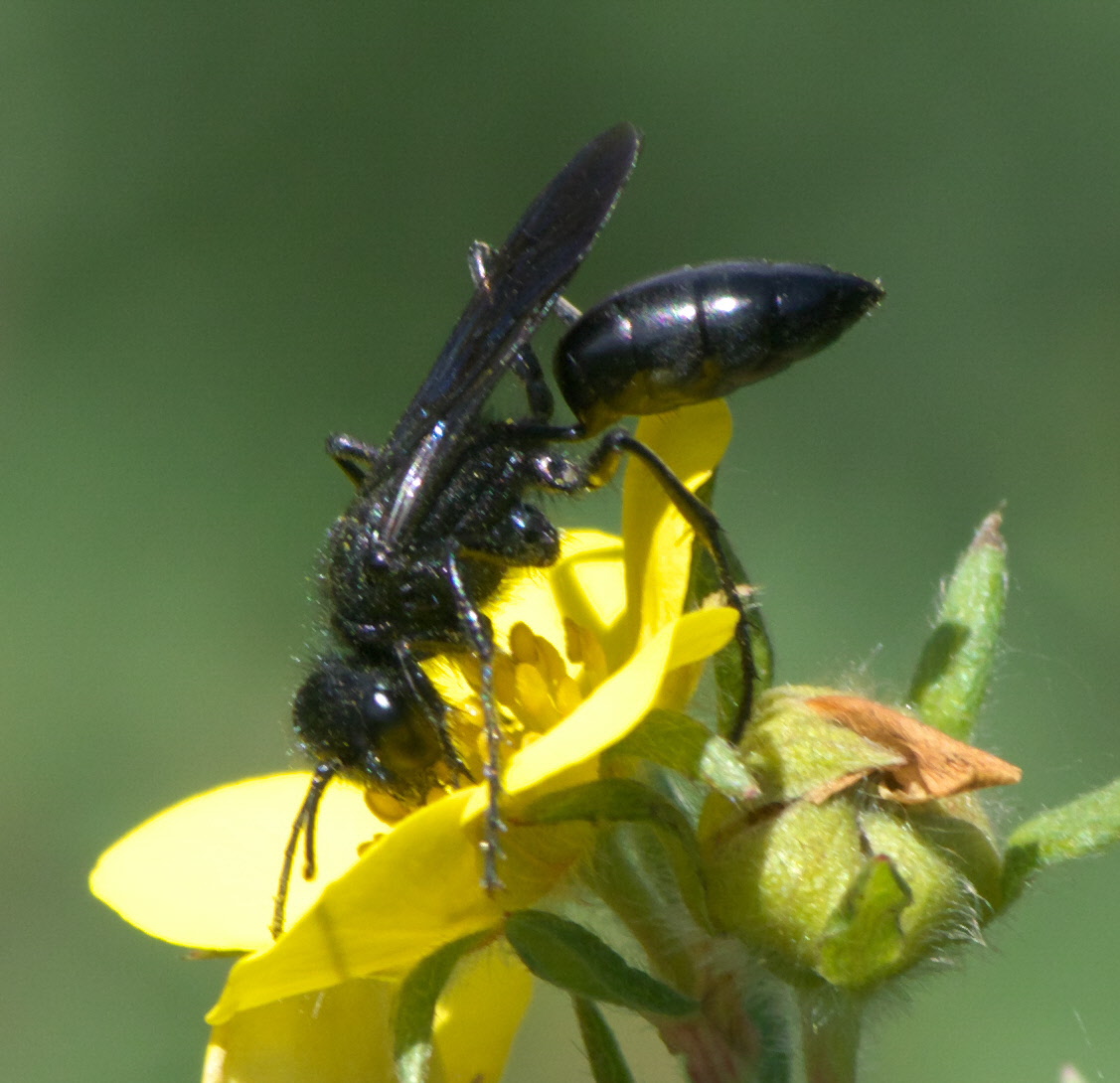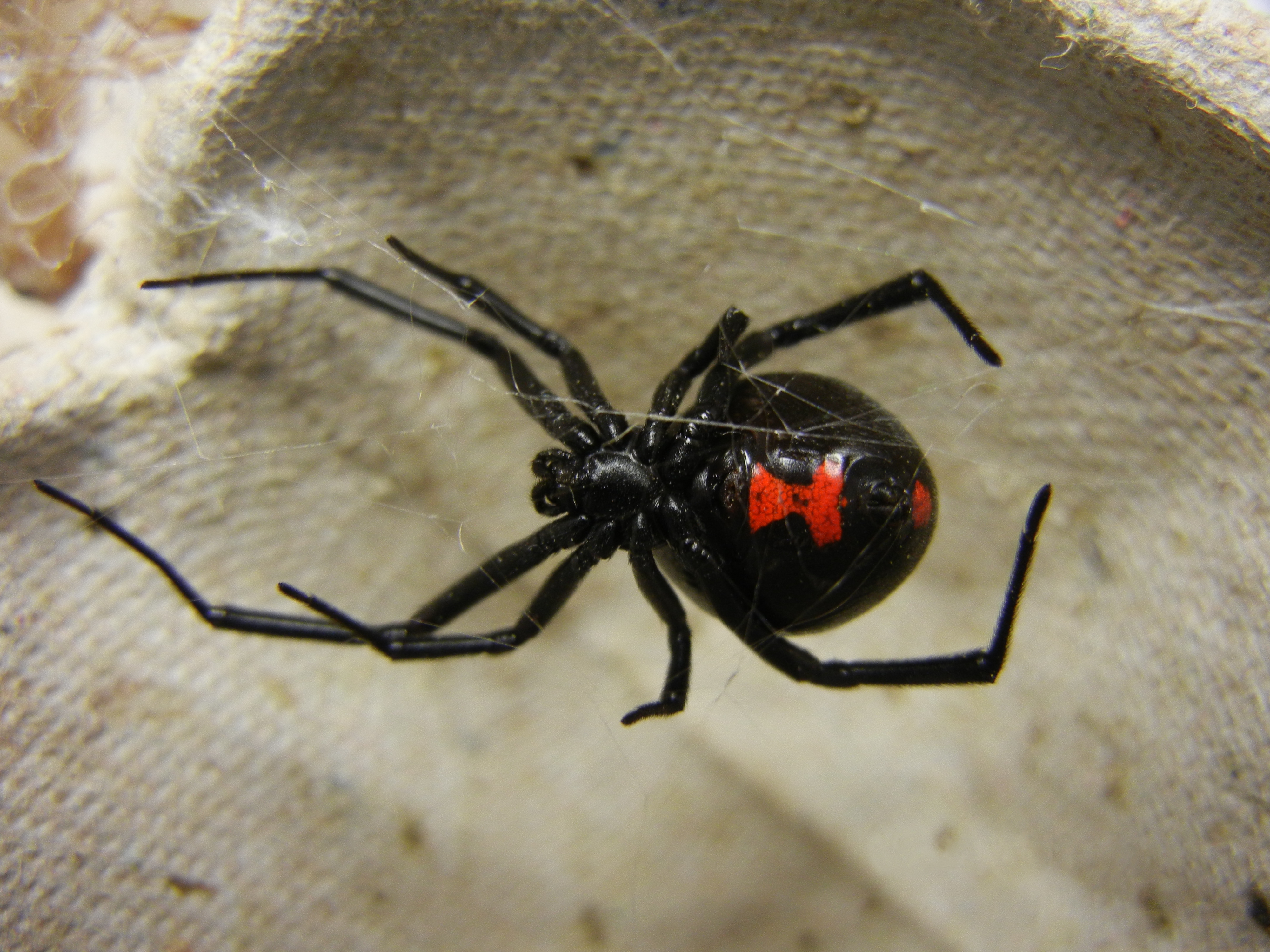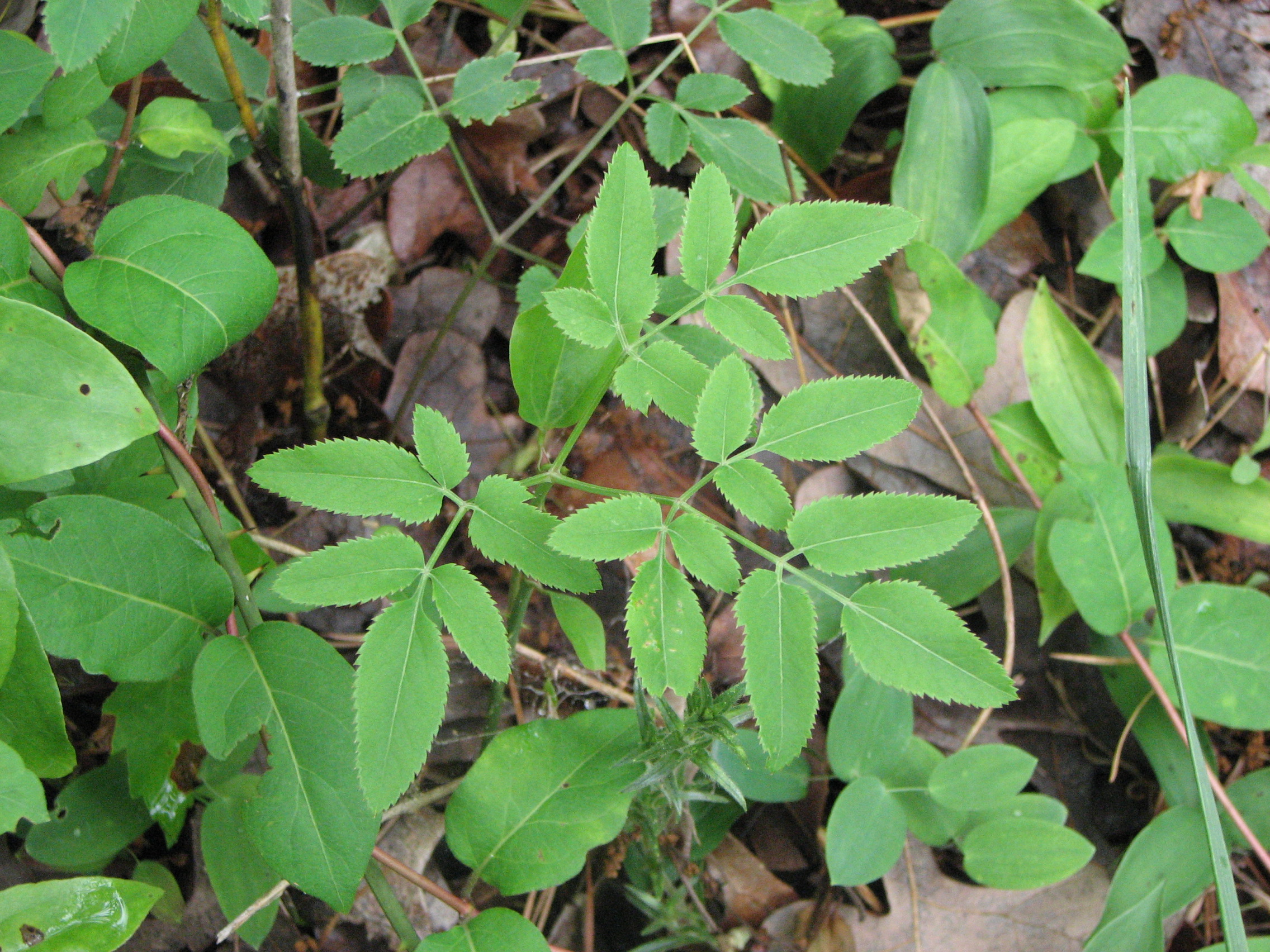|
Chalybion Californicum
''Chalybion californicum'', the common blue mud dauber of North America, is a metallic blue species of mud dauber wasp first described by Henri Louis Frédéric de Saussure in 1867. It is not normally aggressive towards humans. It is similar in shape and colour to the steel-blue cricket hunter (''Chlorion aerarium''). Like other types of wasps, males do not have an ovipositor, and therefore cannot sting. It is ranged from northern Mexico to southern Canada, including most of the United States. It has also been introduced to regions including Hawaii, Bermuda, Croatia and other European countries. Behavior Females can build their own nests, but often refurbish nests abandoned by other wasps and bees, particularly those of '' Sceliphron caementarium'''', removing any spiders captured by ''S. caementarium'' and the larva, replacing it with an egg of its own and freshly caught spiders. They go through multiple generations in a year. Interaction with other species This species is ... [...More Info...] [...Related Items...] OR: [Wikipedia] [Google] [Baidu] |
Henri Louis Frédéric De Saussure
Henri Louis Frédéric de Saussure (; ; 27 November 1829 – 20 February 1905) was a Swiss mineralogist and entomologist specialising in studies of Hymenoptera and Orthopteroid insects. He also was a prolific taxonomist. Biography Saussure's elementary education was at Alphonse Briquet's then, as an adolescent, at the Hofwyl school run by Philipp Emanuel von Fellenberg. At the University of Geneva he was taught by François Jules Pictet de la Rive, who introduced him to entomology. After several years of study in Paris he received the degree of licentiate of the Faculty of Paris and obtained the degree of Doctor from the University of Giessen. He worked mainly on Hymenoptera and Orthoptera. His first paper, in 1852, was on solitary wasps. In 1854 he traveled to the West Indies, then to Mexico and the United States of America. There he met Louis Agassiz. He returned to Switzerland in 1856 with collections of American insects, myriapods, crustaceans, birds and ... [...More Info...] [...Related Items...] OR: [Wikipedia] [Google] [Baidu] |
Iowa State University
Iowa State University of Science and Technology (Iowa State University, Iowa State, or ISU) is a public land-grant research university in Ames, Iowa. Founded in 1858 as the Iowa Agricultural College and Model Farm, Iowa State became one of the nation's first designated land-grant institution when the Iowa Legislature accepted the provisions of the 1862 Morrill Act on September 11, 1862, making Iowa the first state in the nation to do so. On July 4, 1959, the college was officially renamed Iowa State University of Science and Technology. Iowa State is classified among "R1: Doctoral Universities – Very high research activity". The university is home to the Ames Laboratory, one of ten national U.S. Department of Energy Office of Science research laboratories, the Biorenewables Research Laboratory, the Plant Sciences Institute, and various other research institutes. Iowa State is the second-largest university in the State of Iowa by undergraduate enrollment. The university's ... [...More Info...] [...Related Items...] OR: [Wikipedia] [Google] [Baidu] |
Hymenoptera Of North America
Hymenoptera is a large order of insects, comprising the sawflies, wasps, bees, and ants. Over 150,000 living species of Hymenoptera have been described, in addition to over 2,000 extinct ones. Many of the species are parasitic. Females typically have a special ovipositor for inserting eggs into hosts or places that are otherwise inaccessible. This ovipositor is often modified into a stinger. The young develop through holometabolism (complete metamorphosis)—that is, they have a wormlike larval stage and an inactive pupal stage before they mature. Etymology The name Hymenoptera refers to the wings of the insects, but the original derivation is ambiguous. All references agree that the derivation involves the Ancient Greek πτερόν (''pteron'') for wing. The Ancient Greek ὑμήν (''hymen'') for membrane provides a plausible etymology for the term because species in this order have membranous wings. However, a key characteristic of this order is that the hindwings are ... [...More Info...] [...Related Items...] OR: [Wikipedia] [Google] [Baidu] |
Sphecidae
The Sphecidae are a cosmopolitan family of wasps of the suborder Apocrita that includes sand wasps, mud daubers, and other thread-waisted wasps. The name Sphecidae was formerly given to a much larger grouping of wasps. This was found to be paraphyletic, so most of the old subfamilies have been moved to the Crabronidae. Biology The biology of the Sphecidae, even under the restricted definition, is still fairly diverse; some sceliphrines even display rudimentary forms of sociality, and some sphecines rear multiple larvae in a single large brood cell. Many nest in pre-existing cavities, or dig simple burrows in the soil, but some species construct free-standing nests of mud and even (in one genus) resin. All are predatory and parasitoidal, but the type of prey ranges from spiders to various dictyopterans, orthopteroids and larvae of either Lepidoptera or other Hymenoptera; the vast majority practice mass provisioning, providing all the prey items prior to laying the egg. ... [...More Info...] [...Related Items...] OR: [Wikipedia] [Google] [Baidu] |
Latrodectus Mactans
''Latrodectus mactans'', known as southern black widow or simply black widow, and the shoe-button spider, is a venomous species of spider in the genus ''Latrodectus''. The females are well known for their distinctive black and red coloring and for the fact that they will occasionally eat their mates after reproduction. The species is native to North America. The venom can cause pain and other symptoms, but is rarely fatal to healthy humans. Taxonomy ''Latrodectus mactans'' was first described by Johan Christian Fabricius in 1775, placing it in the genus '' Aranea''. It was transferred to the genus ''Latrodectus'' in 1837 by Charles Walckenaer and is currently placed in the family Theridiidae of the order Araneae. The species is closely related to '' Latrodectus hesperus'' (western black widow) and '' Latrodectus variolus'' (northern black widow). Members of the three species are often confused with the genus ''Steatoda'', the false widows. Prior to 1970, when the current taxon ... [...More Info...] [...Related Items...] OR: [Wikipedia] [Google] [Baidu] |
Zizia Aurea
''Zizia aurea'' (golden alexanders, golden zizia) is a flowering herbaceous perennial plant of the carrot family Apiaceae. It is native to eastern Canada and the United States, from the eastern Great Plains to the Atlantic Coast. It is named for Johann Baptist Ziz, a German botanist. Description ''Zizia aurea'' grows to tall but can sometimes grow taller. The leaves are long and wide. They are attached to the stems alternately. Each leaf is compound and odd-pinnate, with leaflets that are normally lanceolate or ovate with serrated edges. The root system consists of a dense cluster of coarse fibrous roots. It blooms from May to June. Its flowers are yellow and grow in a flat-topped umbel at the top of the plant. Each flower is only long and has five sepals, five petals, and five stamens. Each flower produces a single long, oblong fruit (schizocarp) containing two seeds. In the fall both the leaves and the fruit turn purple. Distribution and habitat Golden Alexanders is n ... [...More Info...] [...Related Items...] OR: [Wikipedia] [Google] [Baidu] |
Daucus Carota
''Daucus carota'', whose common names include wild carrot, European wild carrot, bird's nest, bishop's lace, and Queen Anne's lace (North America), is a flowering plant in the family Apiaceae. It is native to temperate regions of the Old World and was naturalized in the New World. Domesticated carrots are cultivars of a subspecies, ''Daucus carota'' subsp. ''sativus''. Description The wild carrot is a herbaceous, somewhat variable biennial plant that grows between tall, and is roughly hairy, with a stiff, solid stem. The leaves are tripinnate, finely divided and lacy, and overall triangular in shape. The leaves are long, bristly and alternate in a pinnate pattern that separates into thin segments. The flowers are small and dull white, clustered in flat, dense umbels. The umbels are terminal and about wide. They may be pink in bud and may have a reddish or purple flower in the centre of the umbel. The lower bracts are three-forked or pinnate, which distinguishes t ... [...More Info...] [...Related Items...] OR: [Wikipedia] [Google] [Baidu] |
Berberis Vulgaris
''Berberis vulgaris'', also known as common barberry, European barberry or simply barberry, is a shrub in the genus ''Berberis'' native to the Old World. It produces edible but sharply acidic berries, which people in many countries eat as a tart and refreshing fruit. Description It is a deciduous shrub growing up to high. The leaves are small oval, long and broad, with a serrated margin; they are borne in clusters of 2–5 together, subtended by a three-branched spine long. The flowers are yellow, across, produced on long panicles in late spring. The fruit is an oblong red berry long and broad, ripening in late summer or autumn. File:Berberis-vulgaris-flowers.jpg, Leaves File:歐洲小蘗 Berberis vulgaris -匈牙利布達佩斯 Budapest, Hungary- (9216101912).jpg, Flowers File:Berberis vulgaris .jpg, Fruit Distribution and habitat The shrub is native to central and southern Europe, northwest Africa and western Asia; it is also naturalised in northern Europe, inc ... [...More Info...] [...Related Items...] OR: [Wikipedia] [Google] [Baidu] |
Insect Pollination
Entomophily or insect pollination is a form of pollination whereby pollen of plants, especially but not only of flowering plants, is distributed by insects. Flowers pollinated by insects typically advertise themselves with bright colours, sometimes with conspicuous patterns (honey guides) leading to rewards of pollen and nectar; they may also have an attractive scent which in some cases mimics insect pheromones. Insect pollinators such as bees have adaptations for their role, such as lapping or sucking mouthparts to take in nectar, and in some species also pollen baskets on their hind legs. This required the coevolution of insects and flowering plants in the development of pollination behaviour by the insects and pollination mechanisms by the flowers, benefiting both groups. Coevolution History The early spermatophytes (seed plants) were largely dependent on the wind to carry their pollen from one plant to another. Prior to the appearance of flowering plants some gymnospe ... [...More Info...] [...Related Items...] OR: [Wikipedia] [Google] [Baidu] |
Gulf Publishing Company
Gulf Publishing Company is an international publishing and events business dedicated to the hydrocarbon energy sector. In mid-2018 it rebranded as Gulf Energy Information. Founded in 1916 by Ray Lofton Dudley, Gulf Energy Information produces and distributes publications in print and web formats, online news, webcasts and databases; hosts conferences and events designed for the energy industry. The company was a subsidiary of Euromoney Institutional Investor from 2001 until a 2016 management buyout by CEO John Royall and Texas investors. The business and strategy publication ''Petroleum Economist'' also transferred to the company in May 2016. In mid-2017 the company acquired 109-year old Oildom Publishing. The company's flagship magazines, ''World Oil,'' ''Hydrocarbon Processing'', ''Pipeline & Gas Journal'', and the ''Petroleum Economist'' are published monthly. Gulf is headquartered in Houston, Texas, with sales staff and columnists around the world, due to expansion efforts b ... [...More Info...] [...Related Items...] OR: [Wikipedia] [Google] [Baidu] |
Latrodectus
''Latrodectus'' is a broadly distributed genus of spiders with several species that are commonly known as the true widows. This group is composed of those often loosely called black widow spiders, brown widow spiders, and similar spiders. However, the diversity of species is much greater. A member of the family Theridiidae, this genus contains 34 species, which include several North American "black widows" (southern black widow '' Latrodectus mactans'', western black widow '' Latrodectus hesperus'', and northern black widow '' Latrodectus variolus''). Besides these, North America also has the red widow '' Latrodectus bishopi'' and the brown widow '' Latrodectus geometricus'', which, in addition to North America, has a much wider geographic distribution. Elsewhere, others include the European black widow (''Latrodectus tredecimguttatus''), the Australian redback black widow (''Latrodectus hasseltii'') and the closely related New Zealand katipō (''Latrodectus katipo''), several ... [...More Info...] [...Related Items...] OR: [Wikipedia] [Google] [Baidu] |
BugGuide
BugGuide (or BugGuide.net) is a website and online community of naturalists, both amateur and professional, who share observations of arthropods such as insects, spiders, and other related creatures. The website consists of informational guide pages and many thousands of photographs of arthropods from the United States and Canada which are used for identification and research. The non-commercial site is hosted by the Iowa State University Iowa State University of Science and Technology (Iowa State University, Iowa State, or ISU) is a public land-grant research university in Ames, Iowa. Founded in 1858 as the Iowa Agricultural College and Model Farm, Iowa State became one of the ... Department of Entomology. BugGuide was conceived by photographer Troy Bartlett in 2003 and since 2006 has been maintained by John VanDyk, an adjunct assistant professor of entomology and a senior systems analyst at Iowa State University. [...More Info...] [...Related Items...] OR: [Wikipedia] [Google] [Baidu] |






